-
main-collection-product-grid
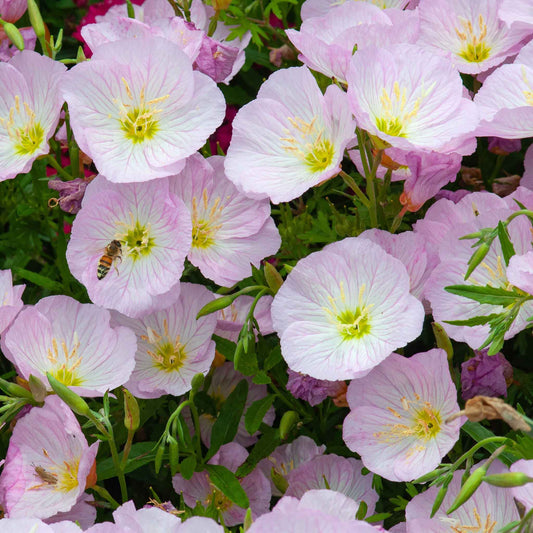
Showy Evening Primrose Seeds
This low-maintenance, showy groundcover is winter hardy in most of the USShowy Evening Primrose Seeds
This low-maintenance, showy groundcover is winter hardy in most of the USRegular price As Low As $4.79Regular priceUnit price per -
main-collection-product-grid
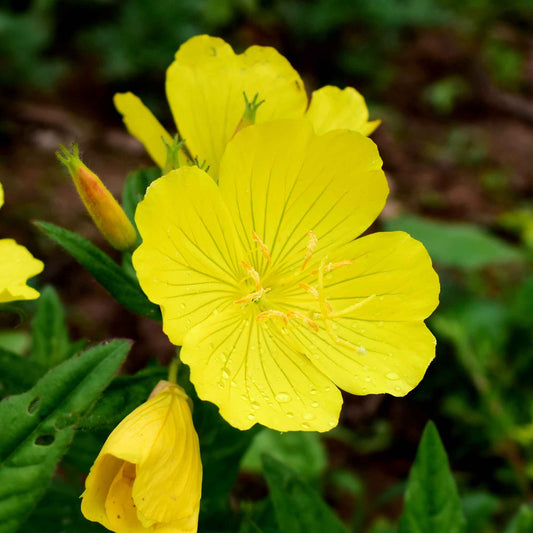
Evening Primrose Seeds
A North American native wildflower resistant to rabbits and deerEvening Primrose Seeds
A North American native wildflower resistant to rabbits and deerRegular price As Low As $4.49Regular priceUnit price per -
main-collection-product-grid
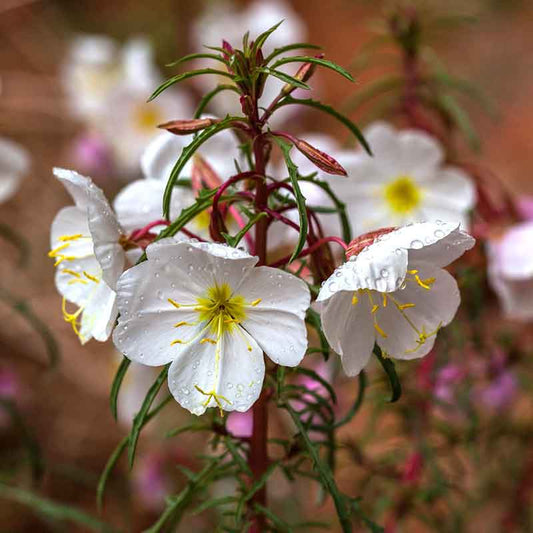
Pale Evening Primrose Seeds
This evening bloomer attracts nocturnal pollinators to the gardenPale Evening Primrose Seeds
This evening bloomer attracts nocturnal pollinators to the gardenRegular price As Low As $4.99Regular priceUnit price per -
main-collection-product-grid
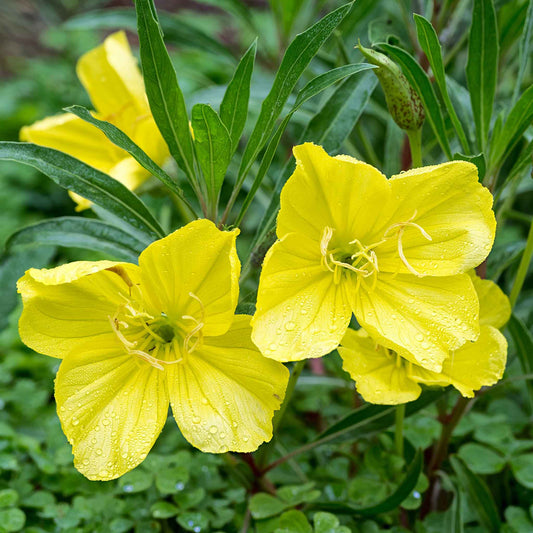
Missouri Primrose Seeds (Dwarf)
A compact and cute variety perfect for containers and bordersMissouri Primrose Seeds (Dwarf)
A compact and cute variety perfect for containers and bordersRegular price As Low As $4.79Regular priceUnit price per -
main-collection-product-grid
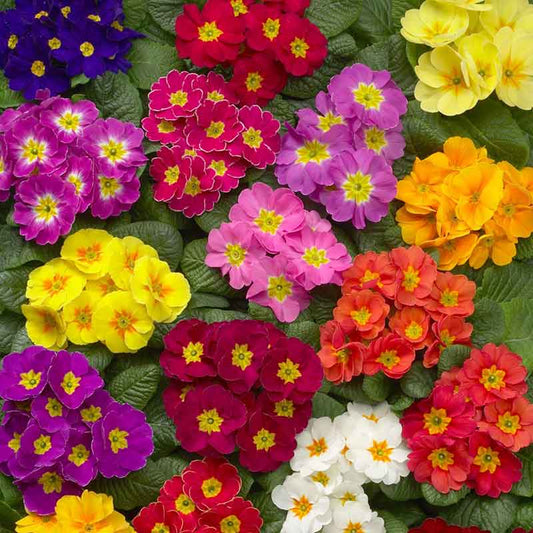
Primrose Seeds - Danova Mix
Spectrum of fragrant, colorful blooms with harmonic flowering time and growth habitPrimrose Seeds - Danova Mix
Spectrum of fragrant, colorful blooms with harmonic flowering time and growth habitRegular price $5.95Regular priceUnit price per -
main-collection-product-grid
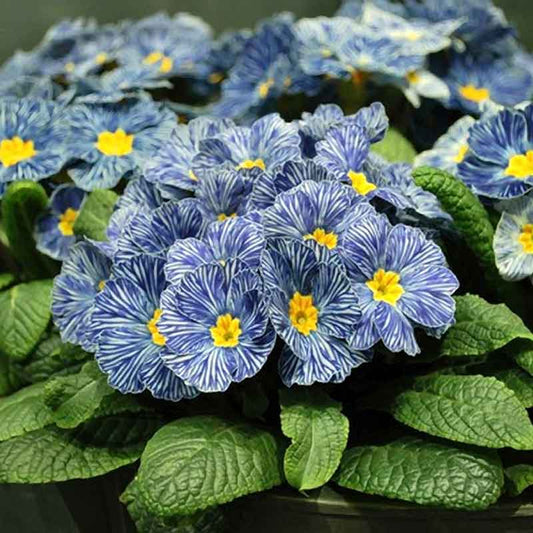
Primrose Seeds - Blue Zebra
Early bloom season adds color to gardens when few other plants are floweringPrimrose Seeds - Blue Zebra
Early bloom season adds color to gardens when few other plants are floweringRegular price $5.95Regular priceUnit price per
Growing primrose seeds in your garden
- 6 primrose seed varieties
- Easy to grow and maintain
- Thrives in bright, sunny growing areas
- Blooms from spring through the fall
the history of primrose
The word primrose comes from the Latin primus rosa meaning first rose, fitting as it is often one of the first flowers to bloom in the spring garden. Primrose is native to North and Central America and is commonly found there today both in the wild and in quaint gardens. Primrose seeds are perennial in zones 4 to 9, depending on the variety, and most often have buttery yellow, faint pink, and white flowers that bloom in the spring, summer, and fall.
cultivating your own primrose seeds
Primrose seeds can be direct sown into the garden or started indoors. When direct seeding, sow in late fall in places with mild winters or in the spring in colder regions. Start seeds indoors eight to ten weeks before planting outside, after the risk of frost has passed and soil temperatures are around 60°F. Primrose seeds typically take about three weeks to germinate and do best in consistently moist potting media with temperatures between 65 and 75°F. Sow seeds on the surface of the soil and cover with a thin layer of vermiculite, as seeds require darkness to break dormancy. Maintaining high humidity and consistent temperatures will improve germination rates. Try covering your seed-starting container with a humidity dome or plastic wrap and misting regularly. Remove the cover once 10 to 15% of your seeds have germinated and continue misting regularly until most seeds have germinated. Once plants have three sets of true leaves, pot them into lager containers such as plastic cell packs or old single-serving yogurt containers. Harden off plants for a week before transplanting them into the garden.
Transplant primrose into the garden at six-inch spacing. Note that these plants have sensitive roots and may be stunted if they become rootbound. Primrose does well in sandy soils and can tolerate dry conditions but appreciate plenty of moisture to establish. They do well in full sun to part shade. Too much heat during the summer may keep them from coming back the following year. Primrose enjoys containers with adequate drainage.
maintaining primrose blooms
Primrose plants will spread via root and can self-seed each year. Thin plants to six inches each spring and fertilize with a well-balanced fertilizer or rich compost. Deadheading and cleaning up spent foliage can prolong flowering and is good for the general health of the plant.
For more information about planting, growing, and caring for primrose seeds, see the Primrose Seeds Planting Guide.





